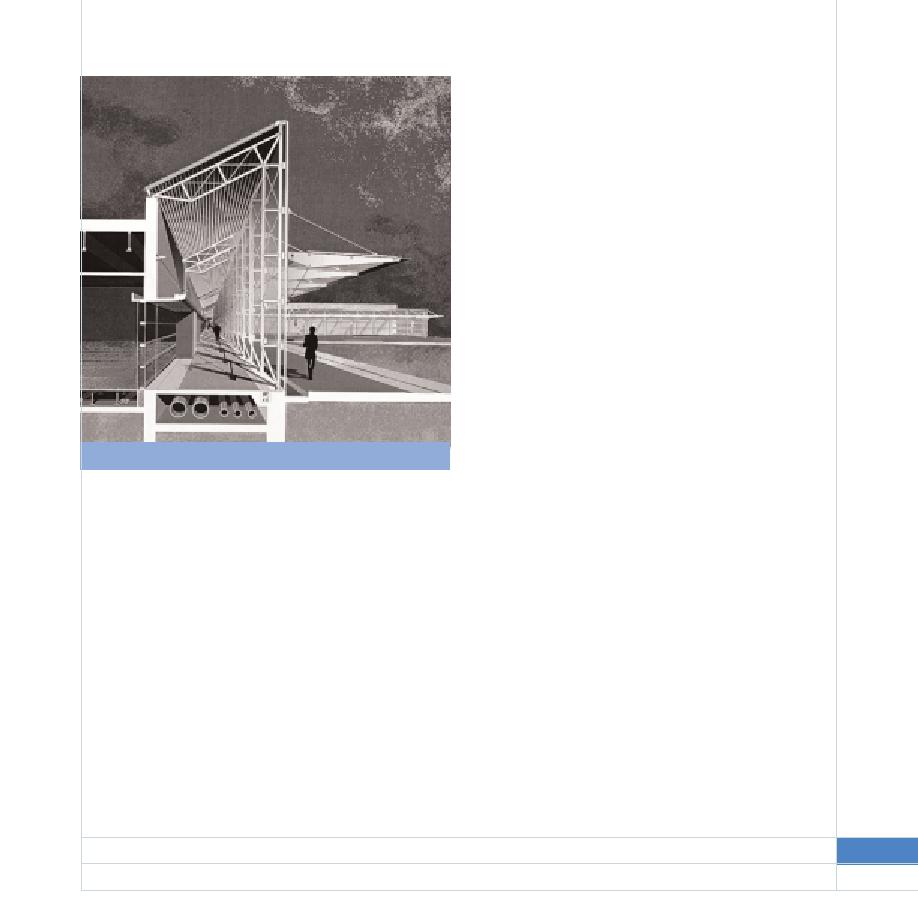
Chlorofluorocarbon (CFC) refrigerants are not permitted
in new chillers. Commonly used refrigerants such as
HCFC-22, HCFC-123, HFC-134a, and HFC-410a are
acceptable. Except where justified based on life cycle cost,
specifications shall not restrict the refrigerant type due to
the anti-competitive nature of such restrictions on
available chiller products.
Refrigeration machines must be equipped with isolation
valves, fittings and service apertures as appropriate for
refrigerant recovery during servicing and repair, as
required by Section 608 of the Clean Air Act, Title VI.
Chillers must also be easily accessible for internal
inspections and cleaning.
Thermal Storage Systems. Ice-on-coil systems shall be
considered in locations where the life cycle cost analysis
demonstrates economic justification. Thermal storage
systems shall include prefabricated tanks with glycol coils
and water inside the tank. The tank shall be insulated and
its capacity and performance shall be guaranteed by the
U.S. Census Bureau
vendor. Self-contained, fabricated ice storage system shall
have self-contained BACnet LONWORKS microprocessor
controls for charging and discharging the ice storage
system and capable of being connected to a central
required. If multiple chillers are used, automatic shutoff
building automation system. Other types of ice storage
valves shall be provided for each chiller.
systems are not permitted.
Chiller condenser piping shall be equipped with
recirculation/bypass control valves to maintain
incoming condenser water temperature within chiller
connected to a recirculating heat-rejecting loop. The heat
manufacturer's minimum.
rejection loop system shall be designed for a 5.5C (10F)
temperature differential and a minimum of 3.9C (7F)
Part load efficiency must be specified in accordance with
wet bulb approach between the outdoor air temperature
ARI Standard 550/590.
and the temperature of the water leaving the heat
The design of refrigeration machines must comply with
rejection equipment. Heat tracing shall be provided for
Clean Air Act amendment Title VI: Stratospheric Ozone
piping exposed to weather and for piping down to 0.9 m
Protection and Code of Federal Regulations (CFR) 40,
(3 ft) below grade.
Part 82: Protection of Stratospheric Ozone.
145
MECHANICAL
ENGINEERING
5.11
Primary Cooling Systems
Revised March 2005 PBS-P100


 Previous Page
Previous Page
